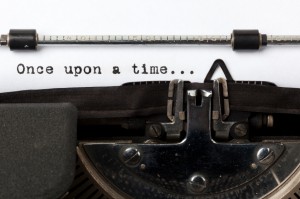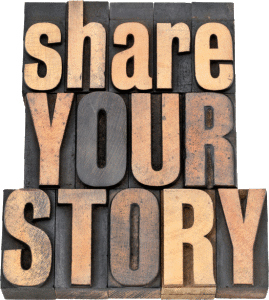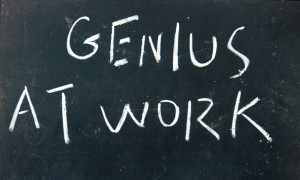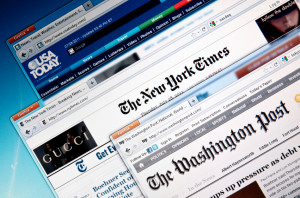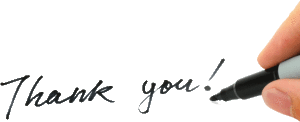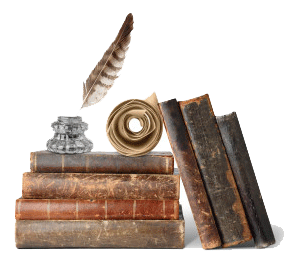 Historians need to write well because we often present our work through written essays and narratives.
For most of us, this task will require a lifetime of study and practice.
Historians need to write well because we often present our work through written essays and narratives.
For most of us, this task will require a lifetime of study and practice.
A great way to study writing is to read about it.
The Request
A few weeks ago a friend asked me to recommend books about writing.
I had a few suggestions, but I thought my list seemed rather short.
I posed the question in a couple of the Google+ writer communities. The writers responded with enthusiasm and great suggestions.
I have compiled a list of 18 books in 4 different categories: Editing, Creative Writing, About Writing, and Mechanics.
Books for Editing and Creative Writing
Below you will find the lists for "Editing" and "Creative Writing."
Within the coming weeks I will post the lists for books "About Writing" and "Mechanics." They are too lengthy for 1 post.
I have not read all of the books on these lists, but I have noted which books I have read and recommend.
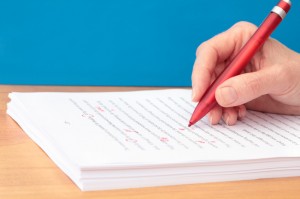 Editing Books
Editing Books
The Artful Edit: On the Practice of Editing Yourself by Susan Bell
In [simpleazon-link asin="0393332179" locale="us"]The Artful Edit[/simpleazon-link], Susan Bell explores the art and craft of editing.
Bell presents tips and exercises that writers can use to edit and improve their writing.
She illustrates her tips and exercises with many real-world examples of how successful authors, such as F. Scott Fitzgerald, have approached revision.
Bell inspires her readers to think about editing as both a disciplined task and a creative process.
I love this book. It provides concrete methods for how to edit your writing on the micro and macro levels. It also has a lot of examples about how other writers edit their work.
Self-Editing for Fiction Writers by Renni Browne and Dave King
[simpleazon-link asin="0060545690" locale="us"]Self-Editing for Fiction Writers[/simpleazon-link] helps writers acquire the knowledge they need to turn their manuscripts into published novels and short stories.
Expert editors Renni Browne and Dave King explain how a professional editor would approach a manuscript and how you can apply their techniques to your work.
The writer who offered this book stated that nonfiction writers would benefit from the information and techniques presented in this book.
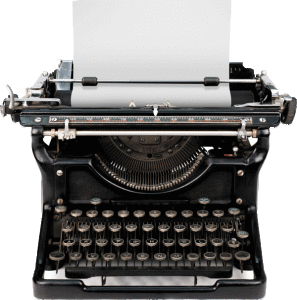 Creative Writing
Creative Writing
The Making of a Story: A Norton Guide to Creative Writing by Alice LaPlante
Alice LaPlante walks writers through each stage of the creative process in [simpleazon-link asin="0393337081" locale="us"]The Making of a Story[/simpleazon-link].
LaPlante focuses on 3 aspects of creative writing: process, craft, and anthology.
Using these focal points, LaPlante will show you how to find inspiration and get ideas on the page; how to use elements of the writing craft to clearly present your ideas; and how to learn about form by reading great writers.
From Where You Dream: The Process of Writing Fiction by Robert Olen Butler
In [simpleazon-link asin="0802142575" locale="us"]From Where You Dream[/simpleazon-link], Pulitzer-prizing winning author Robert Olen Butler will take you through his version of a "Literary Boot Camp."
Butler frames writing as an emotional rather than intellectual process.
He teaches writers how to compose honest, inspired fiction.
 What Do You Think?
What Do You Think?
Let's expand our lists.
What are your favorite or "Go-To" books about editing and creative writing?

